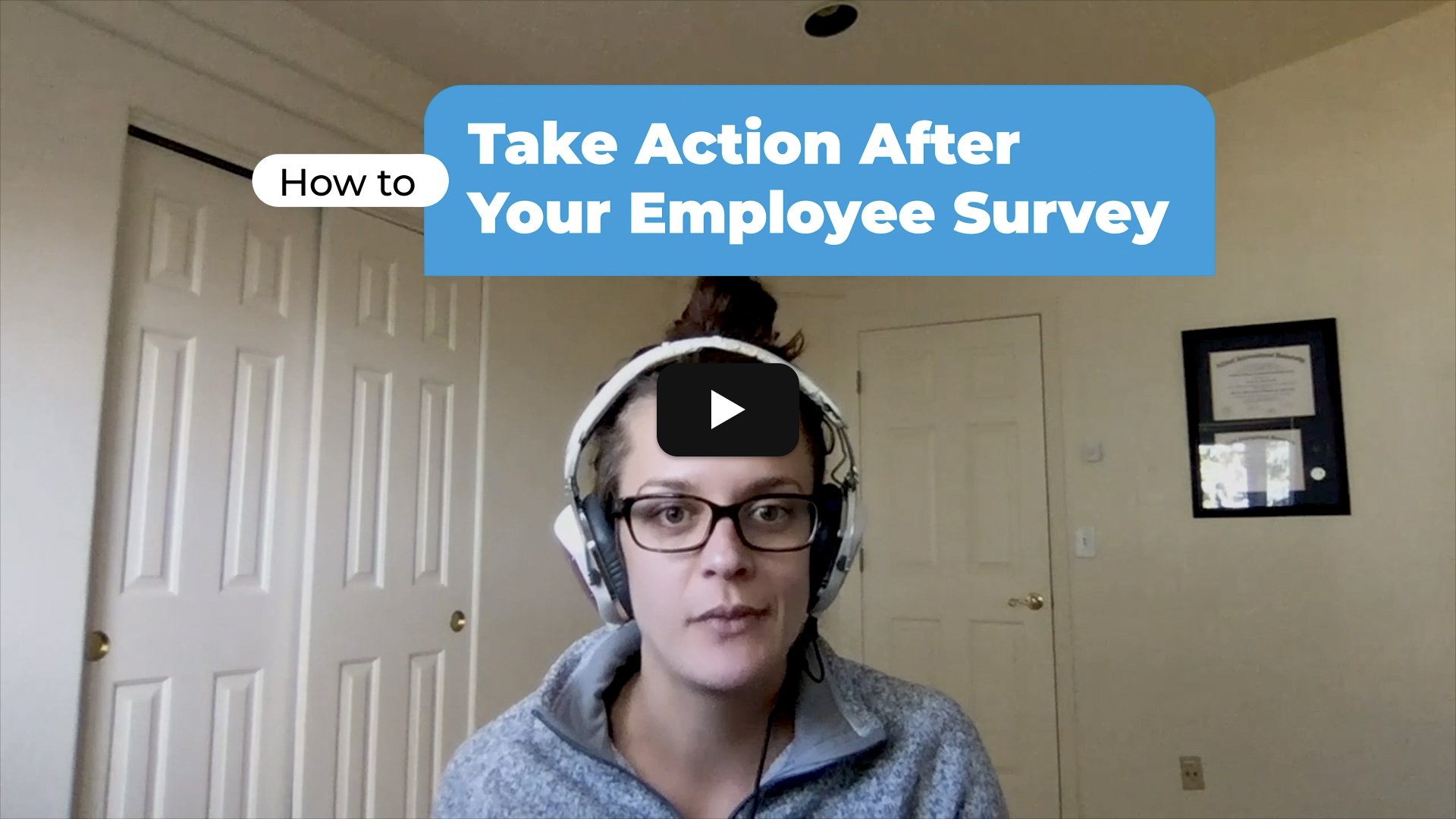
With an uncertain market, it’s easy to forget that high performing employees are still quitting. Exit surveys help you understand why people are leaving, but done right, they can also help you prevent regrettable turnover. Here, we explore how to create, deploy, and analyze exit surveys.
Pick the approach right for your organization
There are a lot of choices when you start looking to implement an Exit survey program. Some organizations stick to a simple approach, such as collating individual exit interviews for themes. Others have more complex, customized surveys that tap into turnover antecedents and employer brand sentiment. To figure out what’s right for you, think about your current turnover patterns: what is the volume of turnover, where is it happening within the organization, and what are the impacts of the turnover. Individual interviews may be challenging at scale, while a systematic or automatically-triggered survey may be overkill for smaller organizations with just a handful of departures. Ideally, an exit survey program should address not just the frustrations of why individuals have left, but holistic patterns of how employees move through the organization. This will help identify common factors to improve retention.
Choose an Effective Distribution Method
Consider what a typical notice period is, and how employees have access to technology. If notice periods are longer and employees all have company email, this suggests an emailed survey between notice and departure. If notice is shorter, SMS or personal email addresses may be needed. Often, beginning the exit survey communications process as a part of the notice/termination process helps build program credibility, and increase response rate.
Create Survey Content that Addresses Key Loss Issues
Consider issues impacting attracting talent, scaling successfully, and working effectively. It’s worth asking about the ‘leave’ decision (why an employee is leaving and where they will go), but it’s also worth understanding the general climate and barriers of working effectively.
Link Exit Surveys to Other Feedback Programs
Exit surveys can help you understand turnover data both within the survey itself as well as through connections with other surveys conducted, such as annual census surveys. At OrgVitality, we like to tie exit surveys to data from other surveys to determine what warning signs may have predicted issues. This way, regrettable loss can better be prevented.
Act on the Survey Results
As with all survey programs, collecting the data is just the first step. Once you implement an exit survey program, it’s essential to take action. This is where an action tool like OrgVitality’s Action Prioritization tool can help; it helps focus leaders on the critical issues that need to be addressed first, and offers concrete action steps.
Exit surveys are often just one piece of a larger lifecycle program. For the next few weeks, we’ll showcase various lifecycle surveys, and how to do them well.
Author

Dr. Victoria Hendrickson is a partner and vice president in the consulting department at OrgVitality. She works to strategically design and administer employee surveys, customer surveys and linkage research. Across these tools, she works to gather data that helps leaders address their organization’s unique strategic challenges and to present findings as an insightful story that guides meaningful change. Victoria comes to OrgVitality with a background in organizational development and leadership development. She conducts applied research on topics of survey comments and organizational ambidexterity and regularly presents at national and international conferences. Victoria received her undergraduate degree in Social Psychology from Saint Mary’s College of California, and her Ph.D. in Organizational Psychology at Alliant International University.






